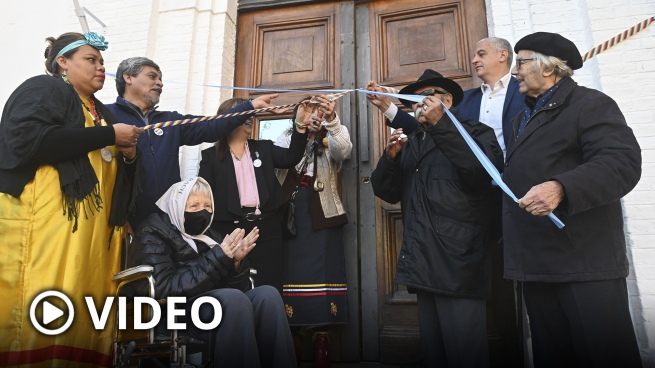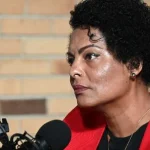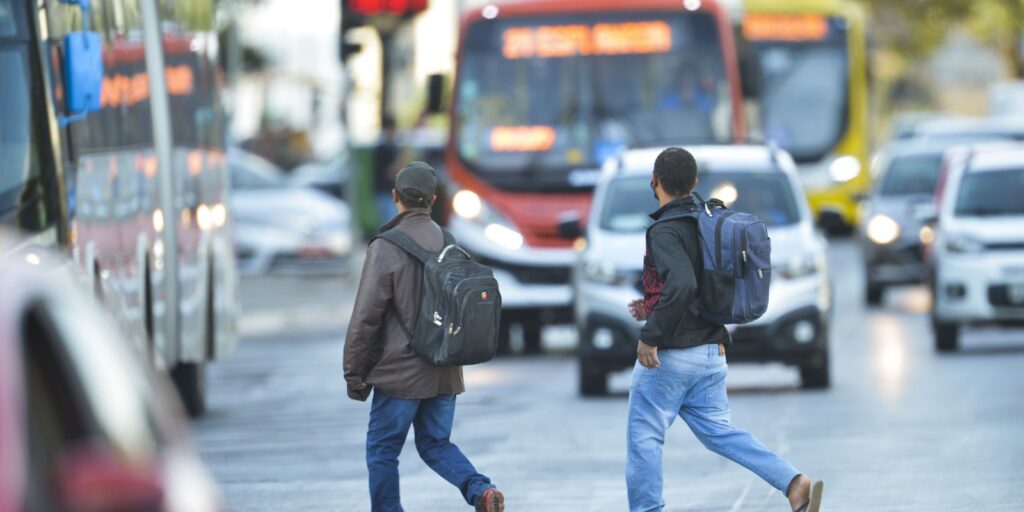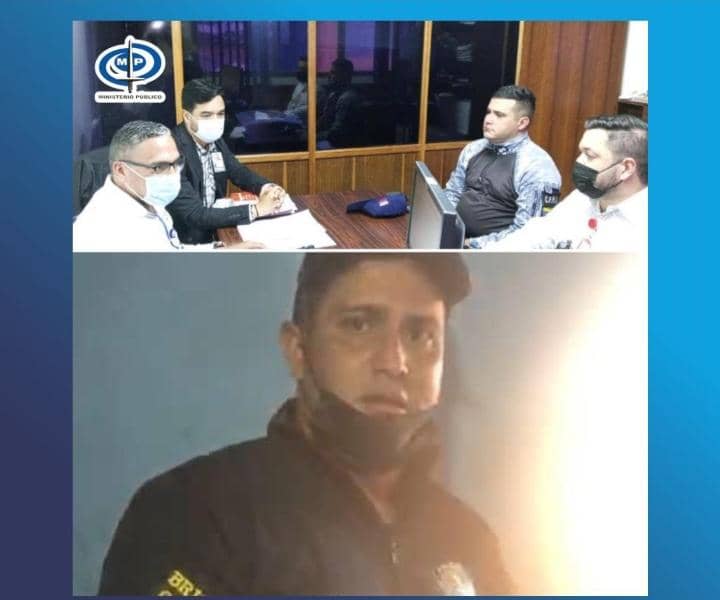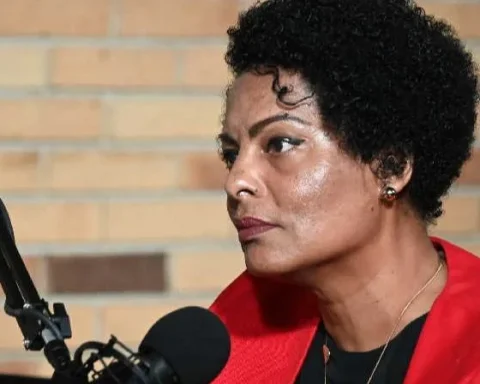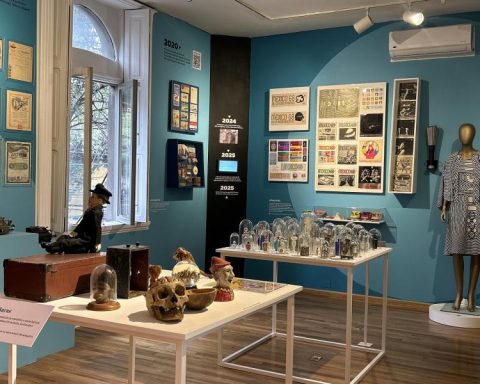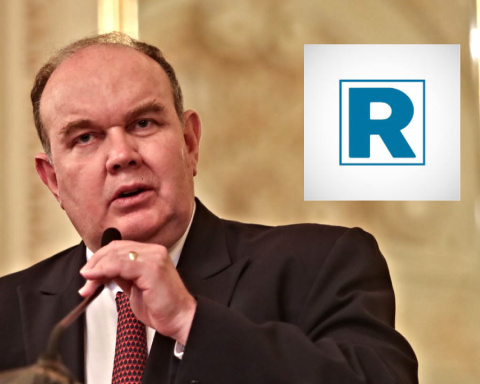The INAI inaugurated this Monday its new building in the Memory and Human Rights Space (former ESMA) before representatives of the original peoples and the president of the organization, Magdalena Odarda, affirmed that now “the indigenous peoples of the Argentine Republic will have their own home from which they will continue to fight for their constitutional rights.”
Indigenous references dressed in their traditional clothes and to the rhythm of the sikuris began the opening day with an offering ceremony to the Pachamama, in its day, in a space that from now on will be a ceremonial site for the spiritualities of the original towns.
The event was attended by indigenous leaders, officials, workers and INAI workers and the general public in the Memory and Human Rights Space (former ESMA), located in the Buenos Aires neighborhood of Núñez.
After the ancestral spiritual ceremony, where those present thanked and expressed their wishes for good management in this new house of the native peoples, the participants moved to the new building where, after the traditional ribbon cutting, they toured the two floors where the offices of the different directions with which the INAI will work.
The inaugural act was headed by the president of the INAI, Magdalena Odarda; the Secretary of Human Rights, Horacio Pietragalla Corti; the Nobel Peace Prize winner, Adolfo Pérez Esquivel; the Tinquina (ancestral authority) of the Tonocoté People, Solita Pereyra and the president of the Indigenous Association of the Argentine Republic (AIRA), Rogelio Guanuco.
After the tour of the new facilities, the participants moved to the Hall known as “Four Columns”, where the singer-songwriter Víctor Heredia and the singer and current vice president of the National Institute of Music (Inamu) Charo Bogarín gave a brief presentation with their works. artistic.
Then, Odarda offered a few words of welcome noting that “with the political support of President Alberto Fernández, Vice President Cristina Fernández de Kirchner, the Minister of Justice and Human Rights, Martín Soria and the Secretary of Human Rights, and together with the ATE and UPCN we work on the creation of a space for vindication, management and historical reparation for the original peoples”.
and remembered that During its creation in 1985 “INAI did not have its own headquarters. But from this moment on, the indigenous peoples of the Argentine Republic will have their own home from which they will continue to fight for their constitutional rights”.

In turn, he emphasized “the need for a Law of Historical Reparation for Indigenous Girls and Boys that provides access to basic water services, basic infrastructure and housing conditions, improvement of nutritional conditions, especially for girls and indigenous children up to 6 years old, and improvement of the infrastructures and the conditions of community life”.
The vice president of the institute, the Mapuche referent Luis Pilquimán, recalled the need to “move forward with the territorial survey, the expansion of rights and the demand of the indigenous peoples that at some point there should be more indigenous brothers and sisters who are in charge of the Institute”.
Pietragalla Corti highlighted “the symbolic strength of the one that from now on will wave the wiphala next to the Argentine flag”, banner composed of 49 squares of different colors, representative of the Andean peoples.
After the words alluding to the inauguration, distinctions were made to different referents of indigenous peoples, activists of indigenous rights and former INAI workers.

Orlando Carriqueo, referent of the Coordinator of the Mapuche Tehuelche Parliament of Río Negro, told Télam: “It seems to me that institutionally a State body that seeks to defend community rights has to have its own space; for the workers, for the workers and for the communities that also put a lot of hope in the work of a state institution”
For his part, Alejandro Borjas, president of the Arete Guasú community and vice president of the Assembly of the Guaraní People of Buenos Aires, pointed out that “today is a very special day. In addition to meeting again with brothers from different peoples, the inauguration of this space is essential because We peoples have to have a good space for representation, since that opens the doors for us to have greater representation and it is our task to ensure that this is fulfilled”.
After the ribbon cutting of the building, the artistic presentation of Heredia and Bogarín was carried out.

